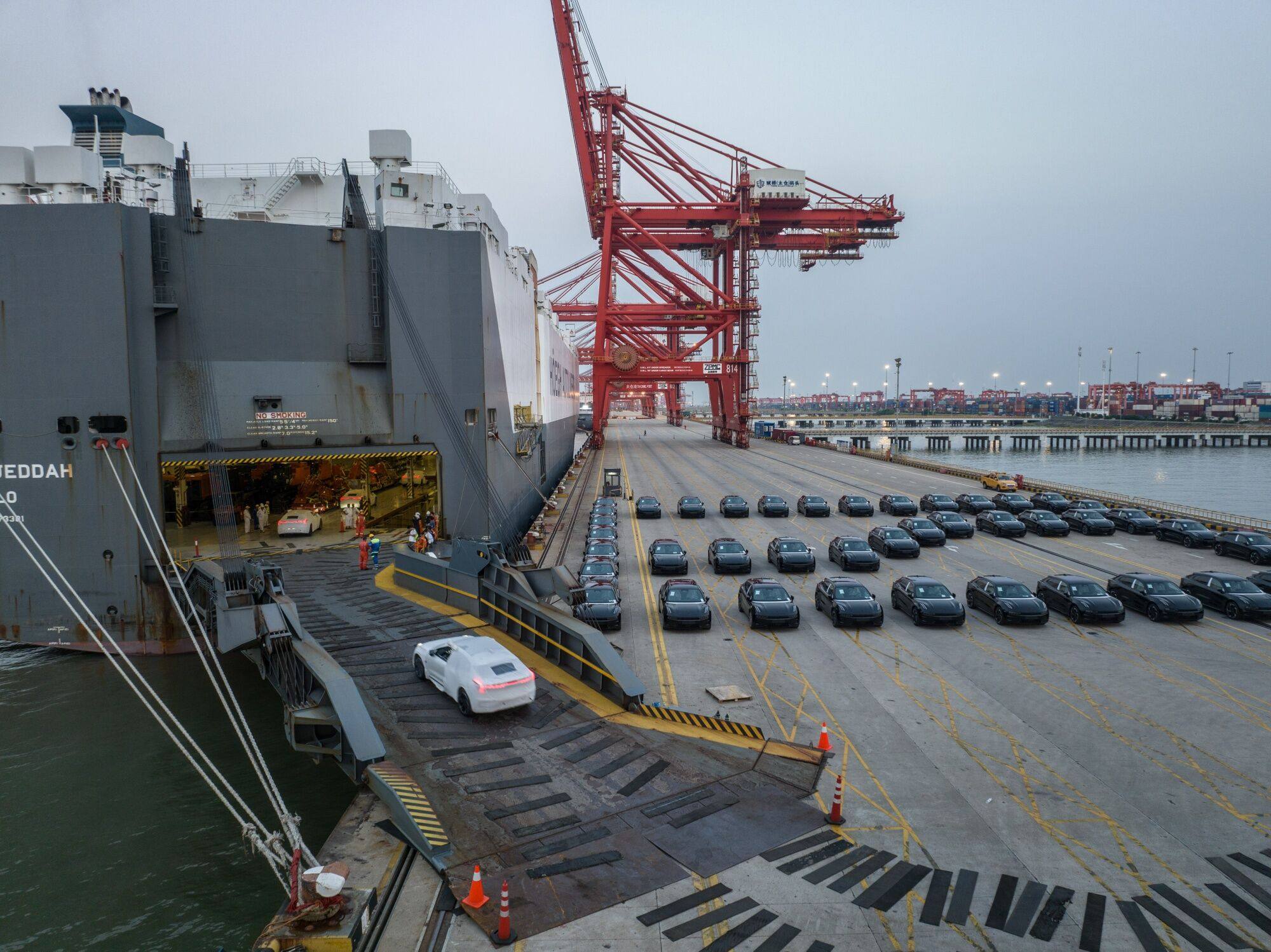China’s economic growth this year might be only half of what the International Monetary Fund is predicting, owing to a huge shake-out in the country’s property sector, weak foreign direct investment and other structural problems, according to the founder of a US-based think tank that studies China.
While the country is “getting to the bottom of the property cycle” and will be stronger “a year from now”, the central government’s need to bail out struggling subnational governments and growing constraints on Chinese exports means economic growth could be as low as 2 per cent this year, Daniel Rosen of the Rhodium Group said on Wednesday.
Rosen said growth above 3 per cent was unlikely for China “into the medium term and beyond”.
Because the IMF is required to use data provided by Beijing for its projections, “their hands are somewhat tied, and they’re not allowed to go off and kind of pick their own and alternative data with which to offer a corrective,” he said.
“They need to pass that question to the Chinese authorities who produce that number to please explain what is growing to deliver [5.2 per cent growth] because I can’t find anything that could possibly explain” more than 2 or 2.5 per cent growth for the year, he added.
Last month, Moody’s Investors Service revised its outlook for China’s property sector from “stable” to “negative” despite the introduction of multiple stimulus measures, including reduced mortgage rates and down payments, to limit the decline.
Chinese exporters navigate the bumpy road back to the international market
Chinese exporters navigate the bumpy road back to the international market
Rosen said “the net export side … was really the bright spot in China’s growth, such as it was, in 2023”, but added that “2024 is not the year when China has room to solve its problems through exports”.
There are concerns that China’s economic woes could put a drag on global growth, an issue that Brad Setser, a Council on Foreign Relations senior fellow, addressed on Wednesday.
Speaking on a panel with Rosen and Nargiza Salidjanova, director of Rhodium’s China projects team, Setser said the impact of China’s slower growth was limited because the country’s imports are relatively low as a percentage of total trade and domestic GDP.
“The fact that China is a very modest importer now of manufactured goods is quite relevant when thinking about the direct effects of a slowdown in Chinese growth,” he said.

Excluding imports of parts used to make finished products, “China’s goods imports are now about 5 per cent of its GDP, which is actually at the low end, by a significant degree, relative to the rest of the world economy”, he said.
But he added that Beijing’s dependence on exports to offset domestic economic weakness did create risk for other countries.
“China may embrace policies that would support further expansion of an already large manufacturing surplus,” he said.
“Private money is leaving China. … So I think you have to think in some broad sense about where the risk lies, and to me the risk almost entirely lies around a disruptive change in China’s exchange rate policy that aims to propel Chinese exports forward.”
Salidjanova said Beijing’s regulatory policies, particularly those governing the tech sector, are partly to blame for the weaker capital inflows, in addition to broader concerns about weakening consumer demand.
China’s property crisis also hitting Southeast Asia, regional body says
China’s property crisis also hitting Southeast Asia, regional body says
China’s January-July foreign direct investment dropped by 9.8 per cent, in US-dollar terms, from a year earlier to US$111.8 billion, according to Beijing’s Ministry of Commerce.
That trend tracks with a slight decline in the “modern innovation system” benchmark in Rhodium’s Pathfinder gauge, which compares the openness of China’s economy against 10 of the most developed countries, including the US and Japan. On this measure, China slid to 2.2 out of 10, down from 2.4 in 2021.
Salidjanova cited “a lot of the technical policies that have tightened in the tech sector, for example”.

“And then we look at things like governance over data and data transfer, which [is important] for a lot of innovation, high tech economies,” she said.
“Being able to transfer your data between different parts of your company is so important, and this is where a lot of the friction emerges between open market economies, which have one set of regimes and policies governing data transfer, versus what China is doing.”
“Until very recently, it was sort of almost received wisdom that China is going to overtake the United States … in terms of GDP growth,” Salidjanova added.
“With the current trend lines, it’s not likely to happen.”



